Secret weapons in exchange rate operations
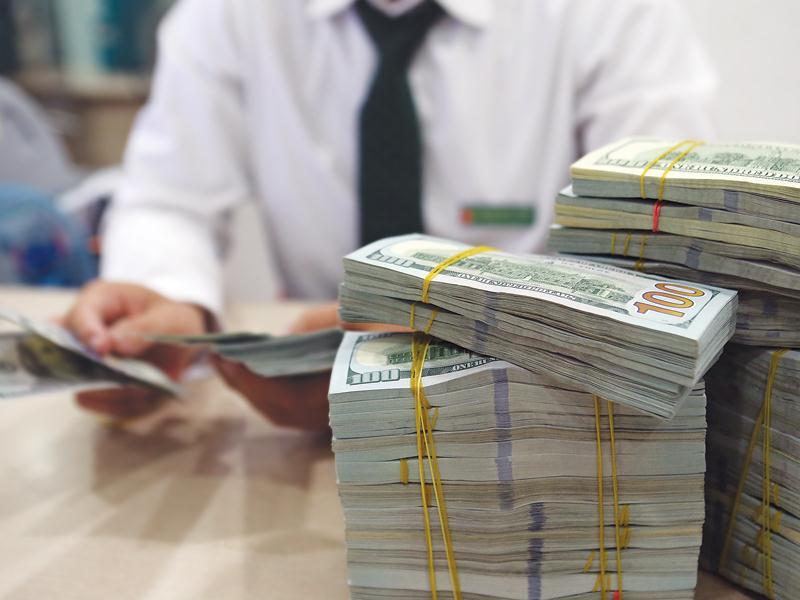
Prospects of appreciation
During the previous days, the exchange rate had been increasing over continuous trading sessions as SBV repeatedly adjusted the central exchange rate. Once, during this period, the VND/USD exchange rate reached VND23,000 per USD. In comparison with the beginning of this year, this is an increase by about 1 per cent. Therefore, some people have raised questions about a likely shortage of the foreign currency supply in Vietnam.
| RELATED CONTENTS: | |
| Exchange rate under the control despite Fed rate hike | |
| Vietnamese dong continues its four-day rise against USD | |
| USD/VND reference exchange rate hits record high | |
Talking with VIR, a representative of SBV said that raising the central exchange rate over the last few days was aimed to increase the national foreign currency reserves as SBV buys more foreign currency.
“At 7 PM every day, SBV calculates the foreign currency trading volume and daily average interbank rates of the day. A high average interbank rate means high demand, while a low rate indicates decreasing needs. SBV has been closely monitoring these fluctuations and they said that the interbank rates are stable and show no abnormal signs,” the SBV representative said.
Currently, SBV is conducting a policy of stabilising the exchange rate through a flexible central rate. According to experts, the VND/USD exchange rate may increase by 2-3 per cent this year.
In particular, Khoon Goh, head of Asia Research at Australia and New Zealand Banking Group Limited, said that the USD exchange rate will exceed VND23,200 for $1 in December 2017. This hike will primarily derive from the Federal Reserve System (FED)’s raising of the USD interest rate.
Similarly, Truong Dinh Tuyen, member of the National Council for Financial and Monetary Policy, said that over the last months, although SBV’s exchange rate adjustments were reasonable, the pressure on the exchange rate is mounting. “The USD may appreciate when FED continues to raise the USD interest rate in the upcoming time, and this will put more pressure on Vietnam,” Tuyen said.
Nevertheless, experts agreed that in case the exchange rate appreciates, this growth will originate from global fluctuations, and the national supply-demand will not show significant changes.
SBV intervention
Although there are no hidden risks in the supply and demand of foreign currencies, the market fluctuations demonstrate that some aspects of the forex policies should be reviewed.
The first aspect is the zero dollar deposit rate. During the last two years, this policy has reduced dollarisation and foreign currency speculation. Thus, when people sell their foreign currencies, SBV has purchased a large amount of foreign currency reserves.
However, the disadvantage of this policy is that it may increase USD holdings among the population, while decreasing the amount of USD inflows to banks. The declining overseas remittances over the last few years are good examples for this phenomenon. According to a source of VIR, in 2016, the current account surplus was $10.5 billion, while the financial account surplus was over $19 billion. The difference of nearly $9 billion between these two accounts is concerning.
As some experts have explained, maybe this $9 billion, which did not flow into banks, is held by the populace or it was invested overseas, bringing out from under state control.
“Except for statistical errors, at least $5 to $6 billion disappeared. SBV should review this problem and the effects of the zero deposit rate policy to prevent dollarisation and attract foreign currency savings from the population,” a banking expert said.
Another factor that can influence the foreign currency market is the avid speculation of organisations (mostly commercial banks). With the central exchange rate setting mechanism, individual speculators have been eliminated, but commercial banks are allowed to speculate for up to 20 per cent of their shareholders’ equity in accordance with current regulations on foreign currency status.
At present, most commercial banks promote their foreign currency businesses. The zero deposit rate brought about an abundant source of USD at a cheap price for these banks. Thus, when the price of the USD is higher on the free market than the official market, commercial banks usually have access to various “tricks” to gain profit.
Therefore, to avoid market changes due to commercial banks, SBV should close the gap between the exchange rates on the official market and the free market. Besides, the formula to calculate the central exchange rate should be more flexible to avoid the predictions of credits organisations.
At present, many commercial banks are running numerous models to forecast SBV’s calculation methodology. However, only SBV knows of its most secret and important weapons: the foreign currency trading volumes and the daily average exchange rate.
What the stars mean:
★ Poor ★ ★ Promising ★★★ Good ★★★★ Very good ★★★★★ Exceptional
Latest News
More News
- The promotion of ESG via banking (November 21, 2024 | 09:32)
- Standard Chartered committed to Vietnam’s financial success (November 21, 2024 | 09:24)
- Full ESG adoption the priority for Agribank (November 21, 2024 | 09:07)
- Banks entice youth with tech advances (November 21, 2024 | 08:00)
- ESG represents a shift towards sustainability for banks (November 20, 2024 | 13:00)
- GGGI supports Vietcombank’s debut of $80 million green bonds (November 20, 2024 | 11:20)
- SHB and the ESG journey: creating social value in every step (November 19, 2024 | 15:00)
- Banking sector contributes to ESG, green growth, and sustainable development (November 19, 2024 | 14:42)
- ESG implementation in banking: from awareness to action (November 19, 2024 | 12:08)
- VIR hosts 'ESG in Banking: Leading Through Implementation' conference (November 19, 2024 | 11:14)





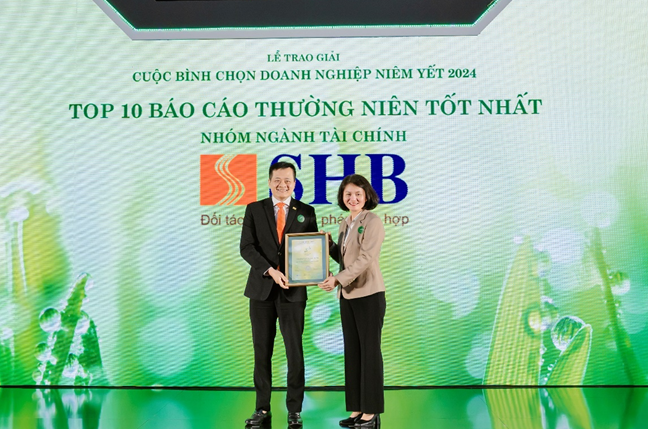

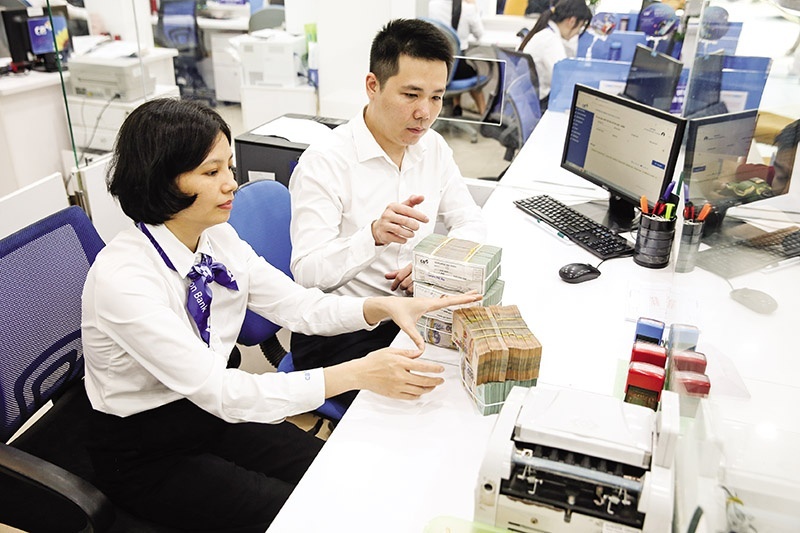
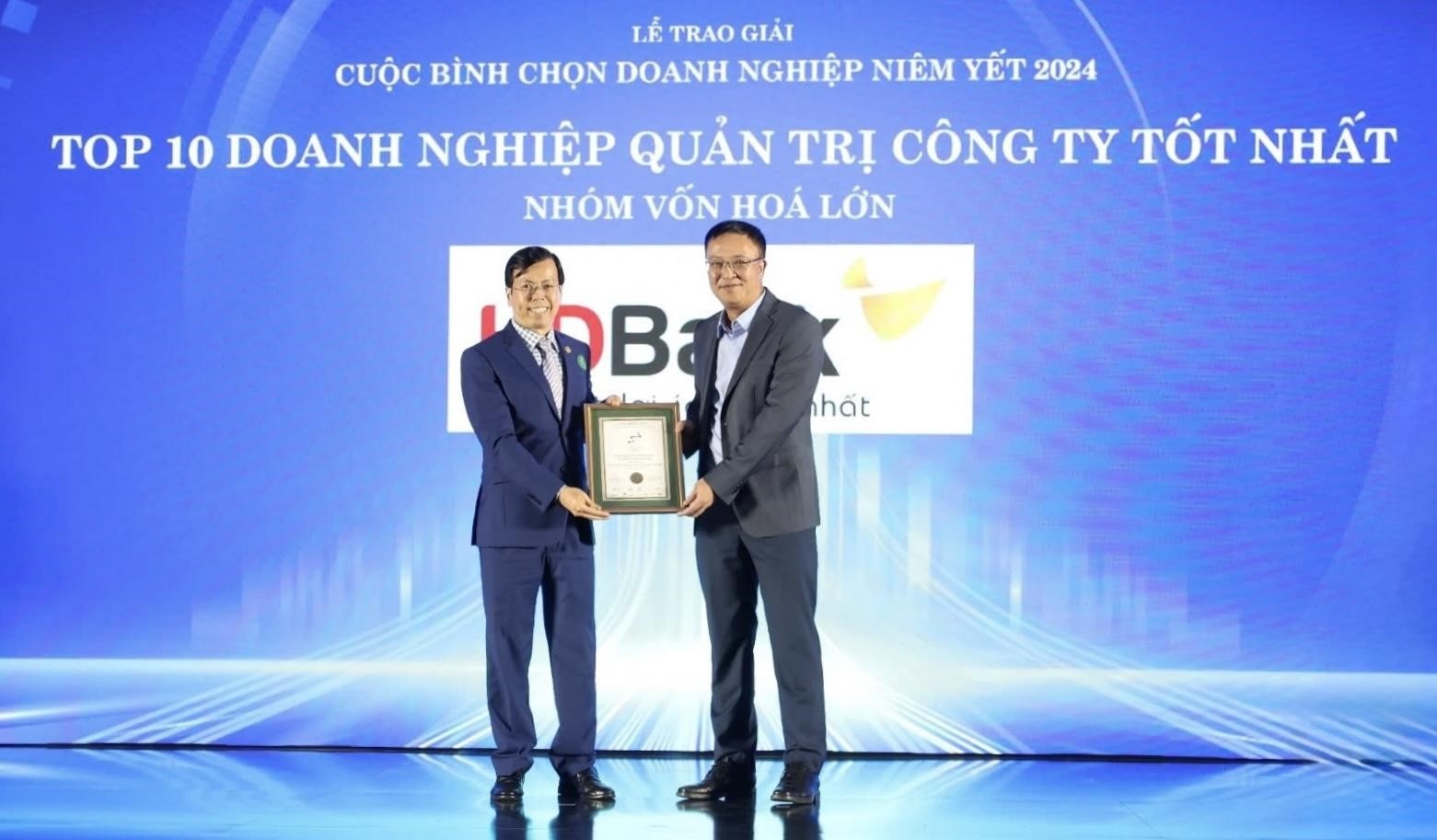
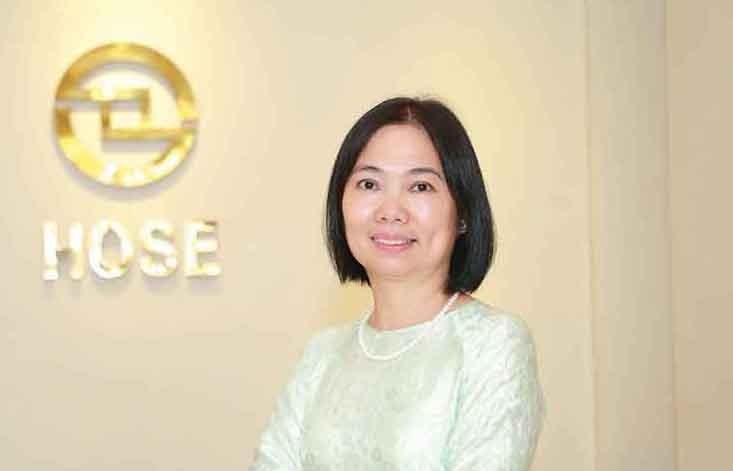



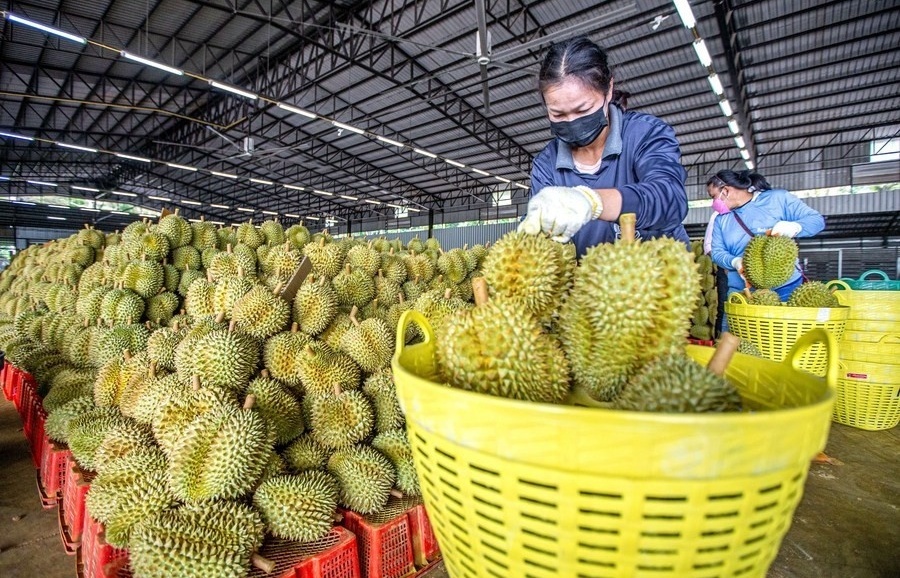






 Mobile Version
Mobile Version